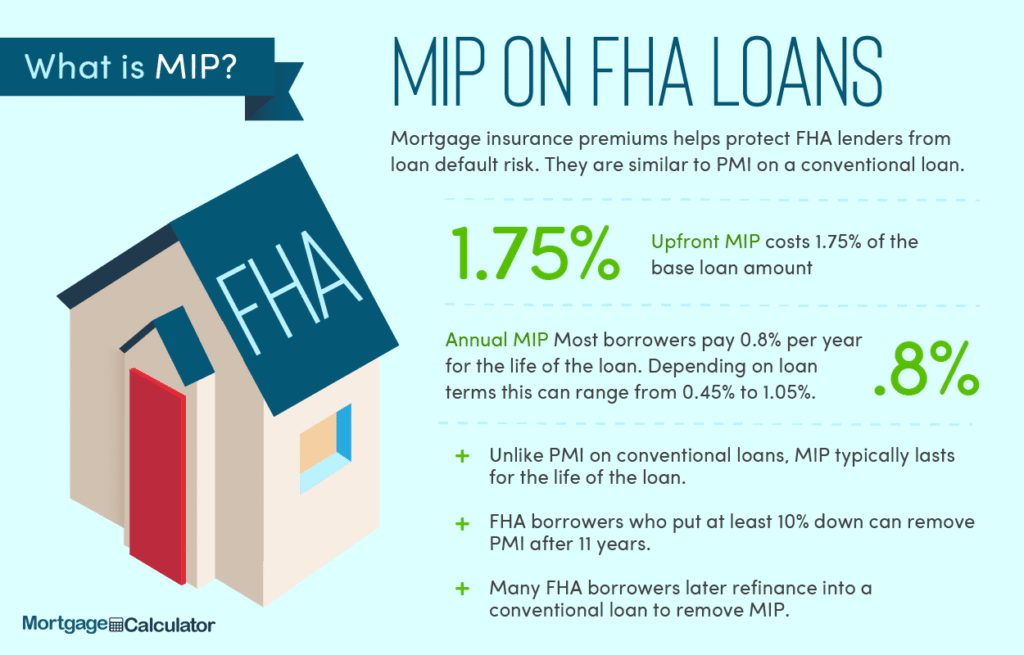In the dynamic world of investing, market volatility is a constant. Advisors play a crucial role in helping clients navigate through the ups and downs, ensuring that their investment strategies remain aligned with their long-term goals. Staying calm amidst market turbulence is easier said than done, but it’s essential for making informed, rational decisions.
Understanding Market Volatility
Market volatility refers to the frequency and magnitude with which market prices fluctuate. While it can be unsettling, it’s a natural aspect of the stock market. Embracing volatility as a given rather than a detriment can change the way we approach investment strategies.
The Psychology Behind Investing
Investing isn’t just about numbers and trends; it’s also deeply psychological. Fear and greed can drive markets, but staying informed and level-headed can help advisors steer clear of making decisions based on emotions.
Building a Resilient Portfolio
A diversified portfolio is key to weathering market storms. By spreading investments across different asset classes, geographic regions, and sectors, you can reduce risk and volatility.
Communication is Key
The way advisors communicate with clients during volatile periods can significantly impact their stress levels and decision-making. Transparent, regular updates can help demystify market movements and reinforce trust.
Setting Realistic Expectations
It’s important to set realistic expectations with clients from the outset. This includes discussing the potential for market volatility and how it could affect their investments.
[h2]The Importance of a Long-Term Perspective
A long-term perspective is crucial in riding out market volatility. Short-term market movements are less significant in the context of long-term investing goals.
[h2]Utilizing Stop Losses
Stop losses can be a useful tool for managing risk in more volatile investments. Setting these orders can help prevent significant losses by automatically selling at a predetermined price.
Focus on Quality Investments
High-quality investments tend to be more resilient in the face of market volatility. Advisors should focus on companies with solid fundamentals, including strong balance sheets and consistent earnings growth.
Embrace Technology
Technology can be a powerful ally in navigating market volatility. Leveraging financial planning tools and analytics can provide deeper insights into market trends and potential strategies.
Rebalancing Portfolios
Regularly rebalancing clients’ portfolios ensures that their investment allocations remain aligned with their risk tolerance and goals. This is especially important during volatile market periods.
Encourage Patience
Patience is vital in investing. Encouraging clients to stick with their long-term investment strategies can prevent rash decisions during times of market turmoil.
Stress-testing Portfolios
Stress-testing portfolios against various market scenarios can help identify potential weaknesses and areas for improvement. This proactive approach can offer peace of mind during turbulent times.
The Role of Alternative Investments
Incorporating alternative investments into a portfolio can provide additional diversification benefits and reduce overall volatility.
Staying Informed
Staying up-to-date with market news and trends is essential for advisors. However, it’s equally important to discern between short-term noise and relevant information that could impact investment strategies.
Managing Emotional Responses
Helping clients manage their emotional responses to market volatility is part of an advisor’s role. Providing context and reassurance can make all the difference in maintaining a calm approach.
Conclusion
Navigating market volatility requires a balanced combination of strategies, mindset, and tools. By staying informed, maintaining a long-term perspective, and focusing on quality, advisors can guide their clients through turbulent times with confidence and poise.
Frequently Asked Questions
What exactly is market volatility? Market volatility refers to the rate at which the price of securities increases or decreases for a given set of returns.
How can investors minimize risk during volatile periods? Investors can minimize risk by diversifying their portfolio, staying invested for the long term, and avoiding making decisions based on short-term market movements.
Why is a long-term perspective important in investing? A long-term perspective helps investors ride out the inherent volatility of the stock market, potentially leading to better investment outcomes over time.
How often should portfolios be rebalanced? Portfolios should be reviewed and potentially rebalanced at least annually, or more frequently if there are significant shifts in market conditions or personal financial situations.
Can market volatility be predicted? While certain economic indicators can suggest increased volatility, accurately predicting the timing and extent of market movements is extremely challenging, even for experienced investors.


